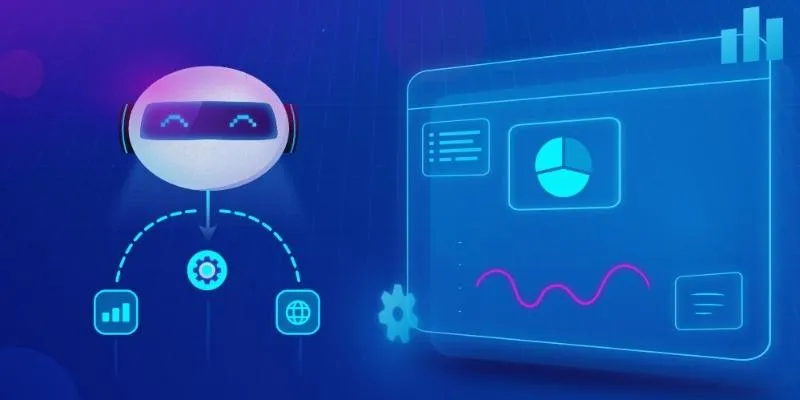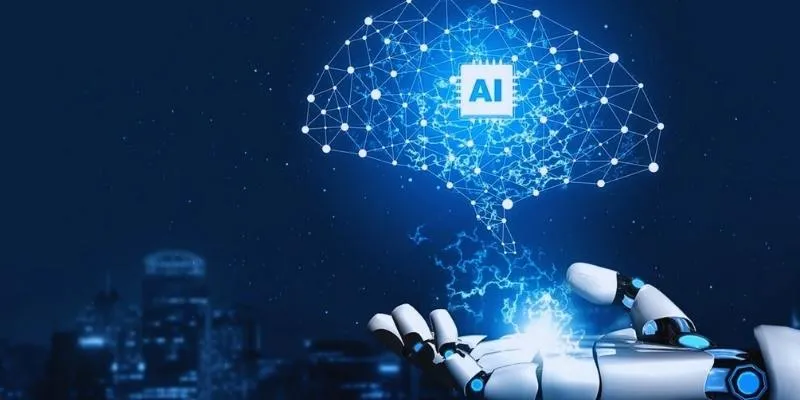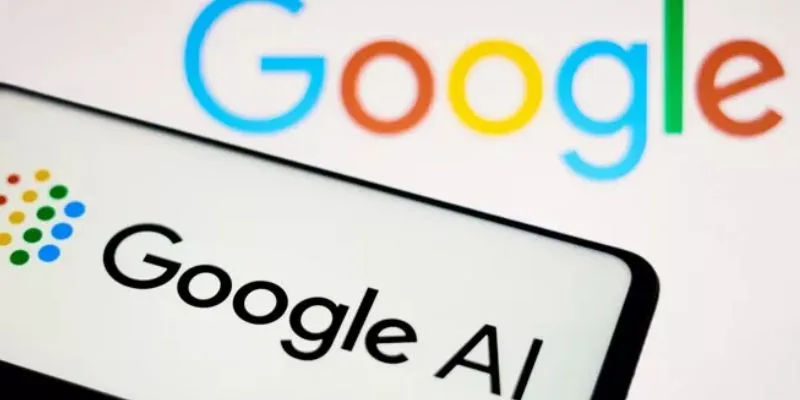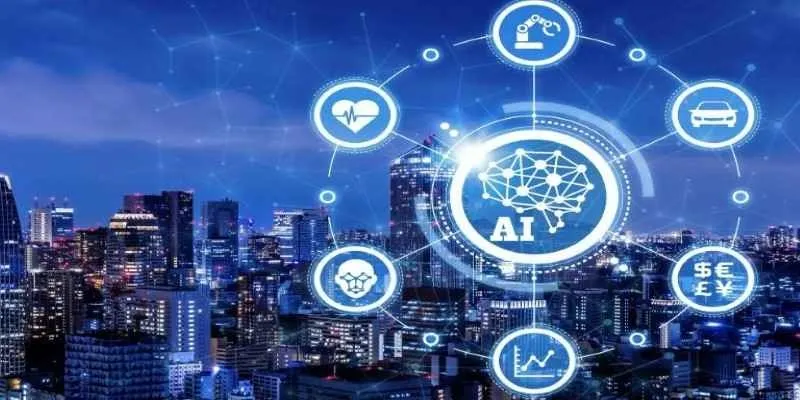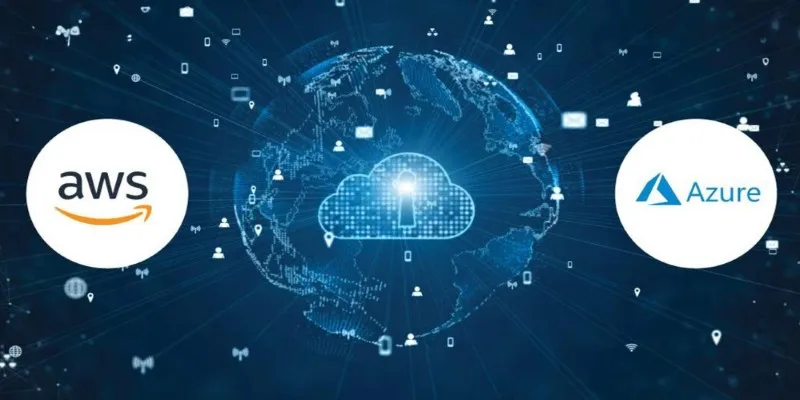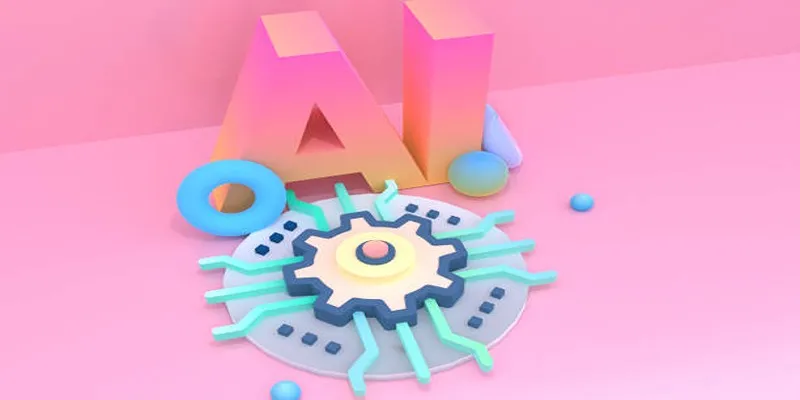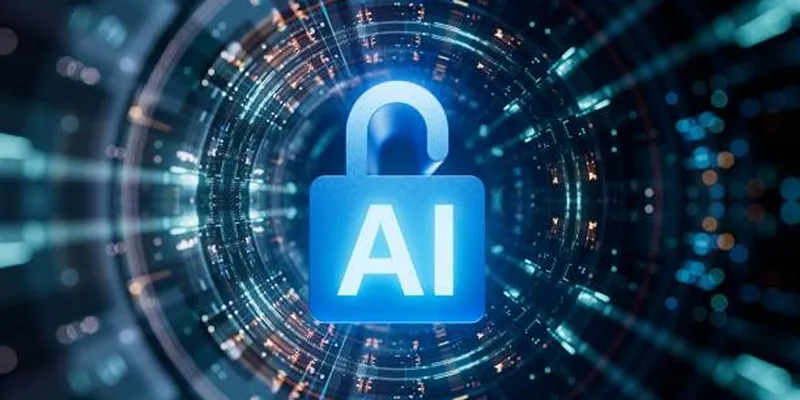In the digital transformation journey of businesses, Artificial Intelligence (AI) has emerged as a pivotal force. Despite the proliferation of AI tools, many businesses struggle to leverage them effectively. This is often due not to a lack of access but rather a lack of prior experience.
Today, companies are increasingly realizing that the true value of AI lies not merely in understanding its theory. Instead, it comes from building, testing, and integrating AI models into real-world business workflows. This post explores how hands-on AI experience is enabling enterprises to overcome technical and organizational barriers—and how it is shaping the future of work and innovation.
Why Many Enterprises Still Struggle With AI Adoption
Despite the excitement around AI, many businesses remain cautious or slow in adopting it. This hesitation is mainly due to practical limitations rather than disinterest.
Common Challenges Include:
- Skills Gap: Internal teams may lack AI expertise or coding experience.
- Unclear ROI: Executives often question whether AI investments will pay off.
- Complex Infrastructure: Existing legacy systems may not support modern AI tools.
- Fear of Failure: Without confidence in outcomes, teams are reluctant to take risks.
Due to these challenges, AI projects often remain stuck in the testing phase rather than reaching full implementation.
What Is Hands-On AI Build Experience?
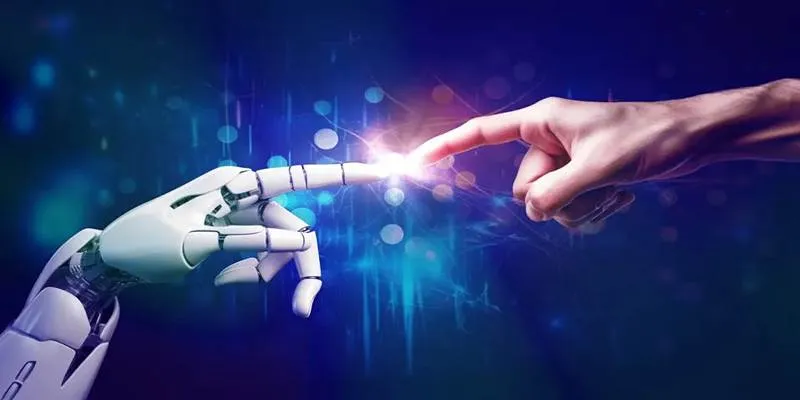
Having hands-on AI build experience means enterprise teams are actively involved in creating, training, and deploying AI models. Rather than outsourcing or relying solely on pre-built tools, they engage directly with AI technologies, learning by doing.
This approach includes:
- Designing AI models for real-world problems
- Feeding models with actual company data
- Experimenting with training and fine-tuning
- Testing performance and measuring outputs
- Iterating based on feedback and results
This hands-on method allows teams to gain deeper understanding, accelerate learning, and build confidence in deploying AI solutions at scale.
The Power of Practical Learning
When employees and decision-makers become directly involved in AI development, they gain numerous benefits that traditional training cannot offer.
Benefits of Hands-On AI Experience:
- Better Problem Solving: Teams can identify specific use cases and tailor AI models accordingly.
- Improved Collaboration: Developers, analysts, and business leaders work together, aligning technical goals with business needs.
- Faster Prototyping: Teams can test ideas in weeks instead of months.
- More Innovation: Experimenting with AI often sparks creative solutions that weren’t obvious before.
- Greater Ownership: When teams build something themselves, they are more likely to trust and use it.
The result is not just learning how AI works—it’s understanding how AI works specifically for them.
Real-World Use Cases of Hands-On AI in Enterprises
Many organizations are already embracing this approach. Across industries—from manufacturing to finance—enterprises are building AI models tailored to their needs and achieving significant results.
Example Use Cases:
- Retail: Teams use AI to predict customer demand, manage inventory, and personalize shopping experiences.
- Healthcare: Hospitals build models to detect early signs of diseases using patient data.
- Finance: Analysts train fraud detection systems using transaction patterns.
- Manufacturing: Engineers deploy AI to monitor machinery, predict maintenance, and reduce downtime.
- Logistics: Companies build routing algorithms that optimize delivery times and fuel costs.
These use cases often start as internal experiments developed by small cross- functional teams. As confidence grows, they evolve into larger, enterprise- wide solutions.
How Enterprises Are Enabling Hands-On AI Experience
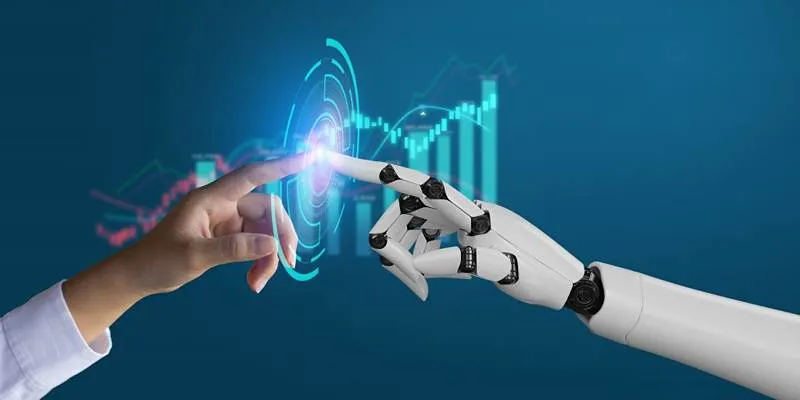
Forward-thinking organizations are not waiting for external help. Instead, they are creating environments that support AI experimentation and skill- building.
Key Enablers:
- AI Sandboxes: Dedicated environments where teams can safely test AI models without affecting core systems.
- Upskilling Programs: Workshops and training sessions to help employees learn AI tools like Python, TensorFlow, or Scikit-learn.
- Cross-Team Collaboration: Encouraging joint efforts between IT, data, and business departments.
- Hackathons & Challenges: Hosting internal events where teams compete to build AI solutions.
- Accessible Tools: Using user-friendly platforms like Google AutoML or Microsoft Azure ML that lower technical barriers.
These strategies help demystify AI and make it more approachable for all departments—not just technical teams.
Breaking Cultural and Organizational Barriers
Adopting AI isn’t only about technical skills. It’s also about mindset. Many enterprises are shifting their internal culture to encourage experimentation and continuous learning.
Cultural Shifts That Support AI Adoption:
- Encouraging Curiosity: Teams are rewarded for trying new ideas, even if they don’t work out immediately.
- Fail-Fast Mentality: Small failures are seen as learning steps, not setbacks.
- Transparent Communication: Teams share what worked, what didn’t, and how they improved.
- Leadership Support: Executives actively participate and endorse AI exploration efforts.
By removing the fear of failure, enterprises create an environment where innovation can flourish.
Long-Term Impact of Hands-On AI Learning
The benefits of building with AI extend beyond a single successful project. Organizations that invest in hands-on AI capabilities experience lasting advantages.
Long-Term Benefits:
- Workforce Resilience: Employees feel more equipped to handle change.
- Faster Time-to-Market: AI solutions can be deployed more quickly and effectively.
- Better Customer Experiences: Personalized services and smarter systems improve satisfaction.
- Competitive Advantage: AI-driven insights help businesses stay ahead of trends and rivals.
- Scalable Innovation: What begins as one project becomes a foundation for many.
Ultimately, hands-on AI experience transforms technology into a strategic advantage, not just a tool.
Conclusion
Hands-on AI build experience is no longer optional—it’s essential for enterprises that want to thrive in today’s fast-moving world. By empowering their teams to build, test, and learn directly, organizations can overcome fear, close skill gaps, and turn AI into real business value. For enterprises still on the sidelines, now is the time to get involved. The tools are accessible. The support systems exist. And the benefits—both short-term and long-term—are too important to ignore.
 zfn9
zfn9





